Rope is a handy item that we can trace back tens of thousands of years. Made from twisted or braided plant fibers, combined first in strands of string or yarn and then twisted into a rope with multiple yarns, most artifacts have disappeared into the dust of time. However, archaeologists have also found hints about rope production – including tools that may have been used to make them. I recently became aware of one such ancient tool made from mammoth ivory and found in Germany, and my thoughts turned toward ancient rope and cordage. From the Incas and their ancestors, we also have examples of these items that I think are fascinating.
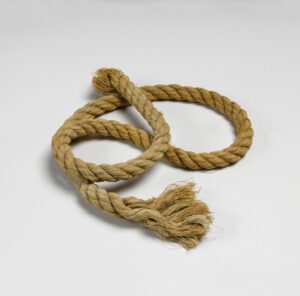
Exceptionally well-preserved, approximately 4,000-year-old Egyptian linen rope from a tomb in Thebes (Metropolitan Museum of Art, Wikimedia)
The Earliest Evidence of Rope Technology
The preservation for millennia of organic materials such as plant fibers happens only rarely under water-logged (anaerobic) or extremely dry conditions, so we will probably never recognize the earliest beginnings of rope and string production. Once adopted, fiber technology would have been indispensable, with the manufacture of useful nets, bags, mats, snares, and other items.
Shell beads with a minimum age of 115,000 years old that might have been strung with fiber cordage are likely the earliest potential evidence of fiber string technology, although the ancient ones could also have used a leather thong or sinew. Evidence that Neanderthals were making string extends back to between 52,000 and 41,000 years ago. Along with thousands of other artifacts, archaeologists identified a tiny fragment of a twisted 3-ply cord adhering to a stone tool flake found at an archaeological site in France. Imaging techniques indicate the fibers resemble the inner bark of a conifer – trees that are known to have been present in the region during the time of Neanderthal occupation.
An ivory artifact that dates back to between 40,000 and 35,000 years ago, and that researchers believe is a ropemaking tool, was found at Hohle Fels Cave in southwestern Germany. The mammoth ivory is about 8 inches (20 cm) long and has four circular holes containing precisely carved spiral grooves. The grooves are V-shaped and made using a sharp stone tool. Microscopic wear and plant residue was found in these grooves, as well as in a similar artifact found at another site in Germany, suggesting to researchers that plant fibers were pulled through the holes and twisted to make rope.

Holes and spiral cuts made in the Hohle Fels Cave ivory artifact believed to be a ropemaking tool.
To test the ropemaking theory, researchers conducted experiments with replicas of the tools in combination with various plants, and achieved positive results for willow, cattail, and linden fibers. They found that the holes and spiral grooves served as effective guides, helping to orient the fibers and maintaining a regular thickness of strands of material. With two to four people keeping tension on the fibers fed into each of the holes, and one twisting the tool, they could make a strong and thick rope. With four or five participants and cattail leaves, about 16 ft (5 m) of strong and supple rope could be produced in only 10 minutes. Remarkable!
Ancient Andean Ropes
Along the Andes Mountains, soaring above the Pacific Ocean on the western edge of South America, the Incas and their ancestors took advantage of the abundant natural resources of their environment. The earliest archaeological evidence of Andean fiber traditions can be traced back to Guitarrero Cave in northern Peru. Archaeologists have found ancient artifacts of uniformly twisted and looped plant fiber that were made between 12,000 and 11,000 years ago. The fiber products found at Guitarrero Cave are simple, but uniform and well-executed, supporting the idea that they were not the earliest attempts at fiber work. These ancient Andeans constructed cordage from the leaf fibers of agave or bromeliad, both plant families that grow near the cave today.
The Inca Empire, which extended over an enormous territory between roughly 600 to 500 years ago, constructed rope bridges that represent especially impressive engineering feats. Built as part of their extensive road network through rugged mountains and deep canyons, the Incas wove the ropes used for the swinging bridges from saplings, vines, and grasses that were twisted, plaited, and knotted into strong cables and then securely attached to stone abutments or anchors. Many bridges had remarkably large spans, sometimes extending to 150 ft (46 m; about the width of an American football field). Stone bridge foundations, built from blocks expertly cut and fit to match exactly the contours of the underlying bedrock, anchored the heavy ropes.
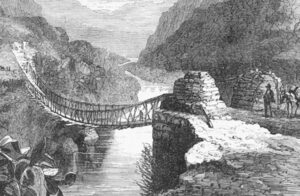
Inca rope bridge, illustration by Squier in 1845
The suspended design of the longest swinging bridges required substantial strength. To achieve this, bridge builders used three main cables. Each of these cables needed to support at least 20,000 lb (9,072 kg). With a margin of safety, the breaking strength of the largest cables may have been as high as 50,000 lb (22,680 kg). The cables could be quite large: Garcilaso de la Vega, one sixteenth-century chronicler, stated some were as thick as or thicker than a man’s body. Creating cables of this size and strength, and successfully spanning rivers and anchoring the cables, demonstrated significant engineering skill.
After Spanish gold seekers invaded the Andes in 1532, the horses of the conquistadors, raised on the open grasslands of Spain, wisely resisted walking across the narrow swinging bridges of the Inca roads – a small irony that I particularly appreciate. The resulting delays must have been frustrating, if short-lived, for the Spaniards as they rushed to investigate and exploit the new lands.
Along the Inca road network, many Inca bridges continued to be used for several centuries. These rope bridges could extend across greater distances than any masonry bridge built in history before that time. Although the Spaniard colonialists attempted to introduce European bridge technology in the Andes, their efforts ended in failure. No superior design alternatives were available until engineers developed the technology for long-span iron and steel structures in the nineteenth century.
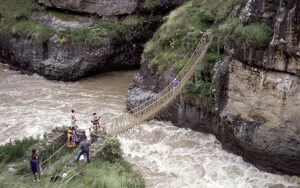
Q’eswachaka bridge across the Apruímac River during the rainy season (Wikimedia)
A 100-foot-long fiber suspension bridge connects two communities in southern Peru today. The residents of the region rebuild the Q’eswachaka bridge across the Apruímac River each year or two in a festival that keeps the ancient traditions and skills of the Incas alive.
Modern Rope
In the 1930s, researchers discovered nylon, and during World War II, they introduced the first synthetic fiber ropes for uses such as braided parachute cords. Today, there are many specialized types of rope requiring different classes of synthetic materials and unique construction methods. These include ropes used by climbers and mountaineers, requiring relatively low longitudinal stiffness to absorb effectively and dissipate energy in a fall, and in a manner that doesn’t transmit too much force to the climber’s body. In contrast, most sailing ropes require high stiffness values to enable sailors to control sails and equipment precisely. Rope made from natural materials, including coconut fiber (coir) and certain Agave sp. (sisal), continues to be produced by some manufacturers. Ropemaking has come a long way, with beginnings in the distant past indicating tens of thousands of years of history.
If you liked this post, please share it and/or leave a comment or question below and I will reply – thanks! And if you’d like to receive a message when I publish a new post, scroll down to the bottom of this page, and leave your email address on my website. Join now to learn more about geology, geography, culture, and history.
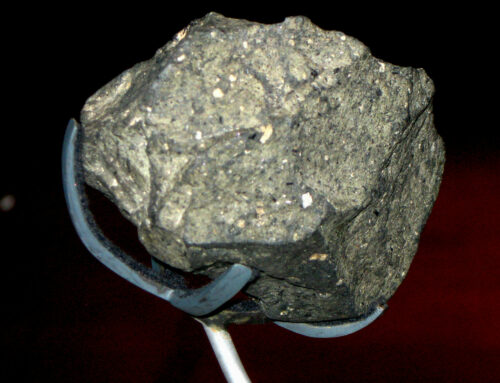
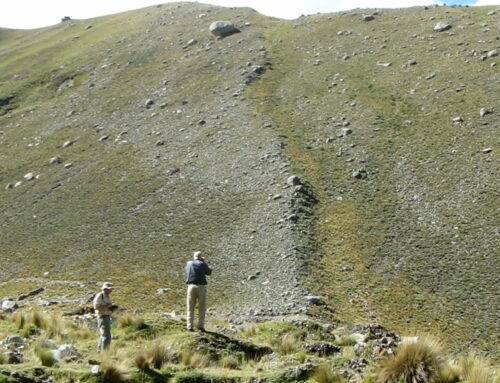


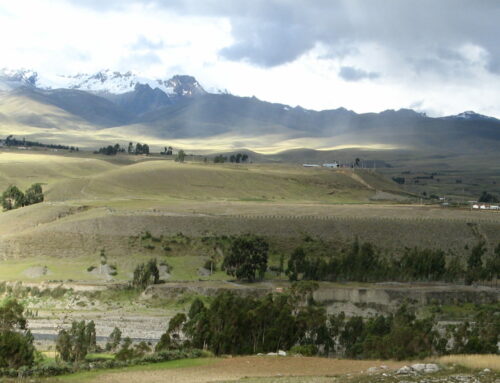
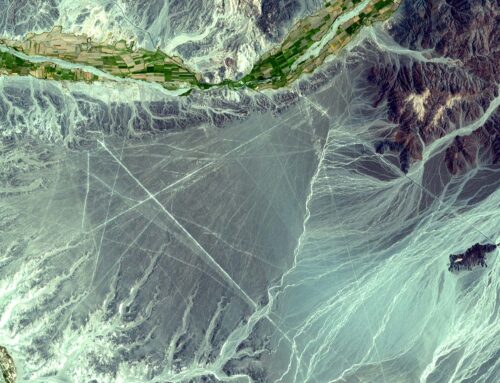
Your comment about crossing swinging bridges on horseback reminded me of what I’ve seen in Nepal while headed to Everest basecamp. Their longest bridge is some 100 yards long and is often crossed by yaks and horses. Although metal wires are used, they have failed in the recent past. Some daring souls even have their horses gallop accross these bridges! Just walking accross them can be nerve wracking, especially if many people are on them simultaneously.
Yes! Thanks, Leo. I’ve been on some swinging bridges also that are nerve wracking!